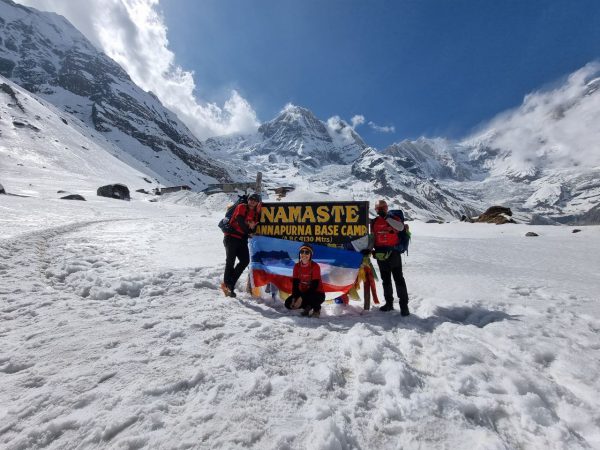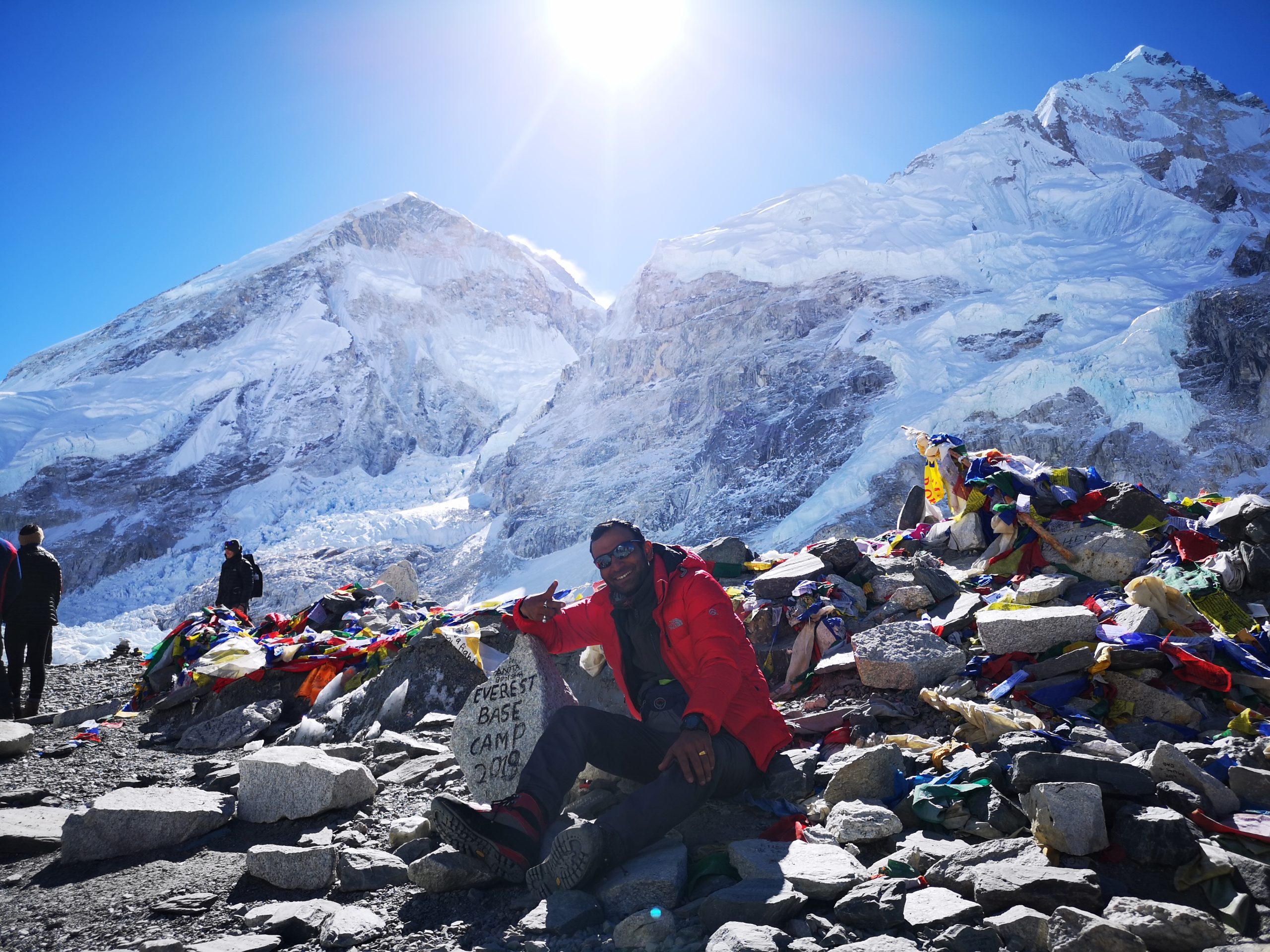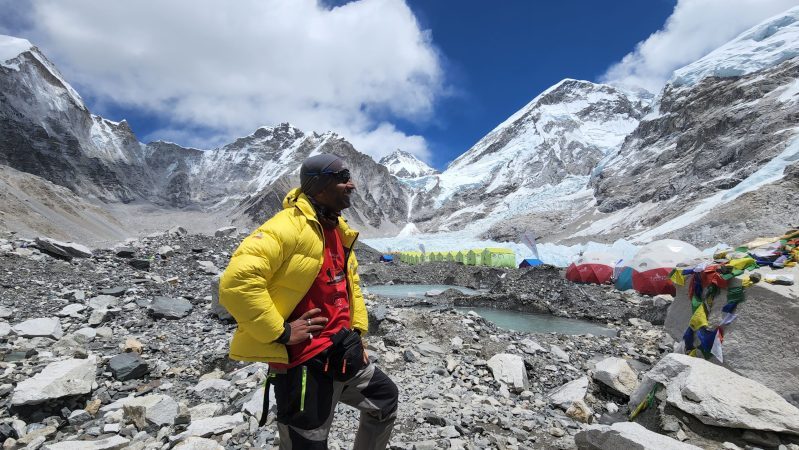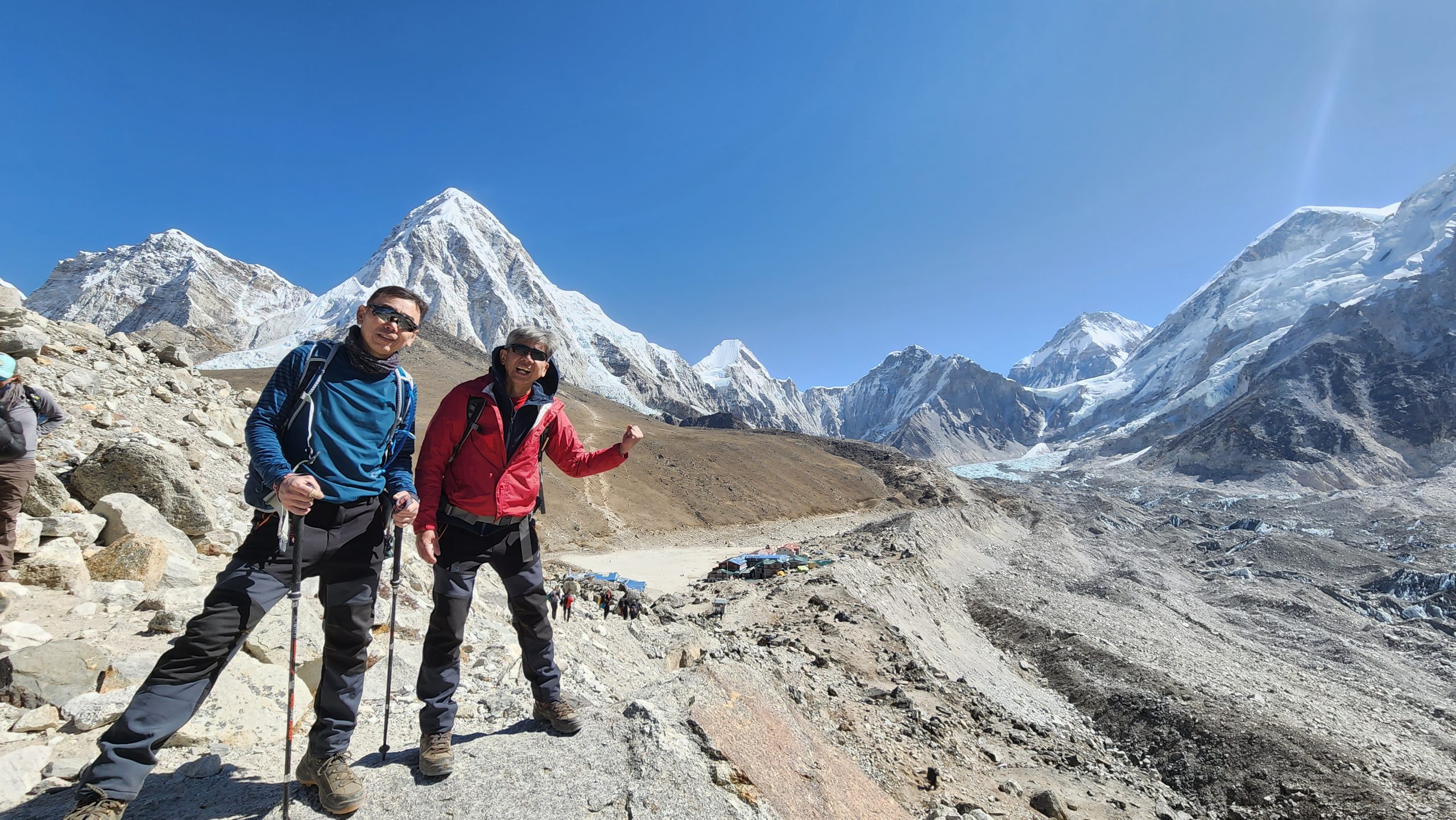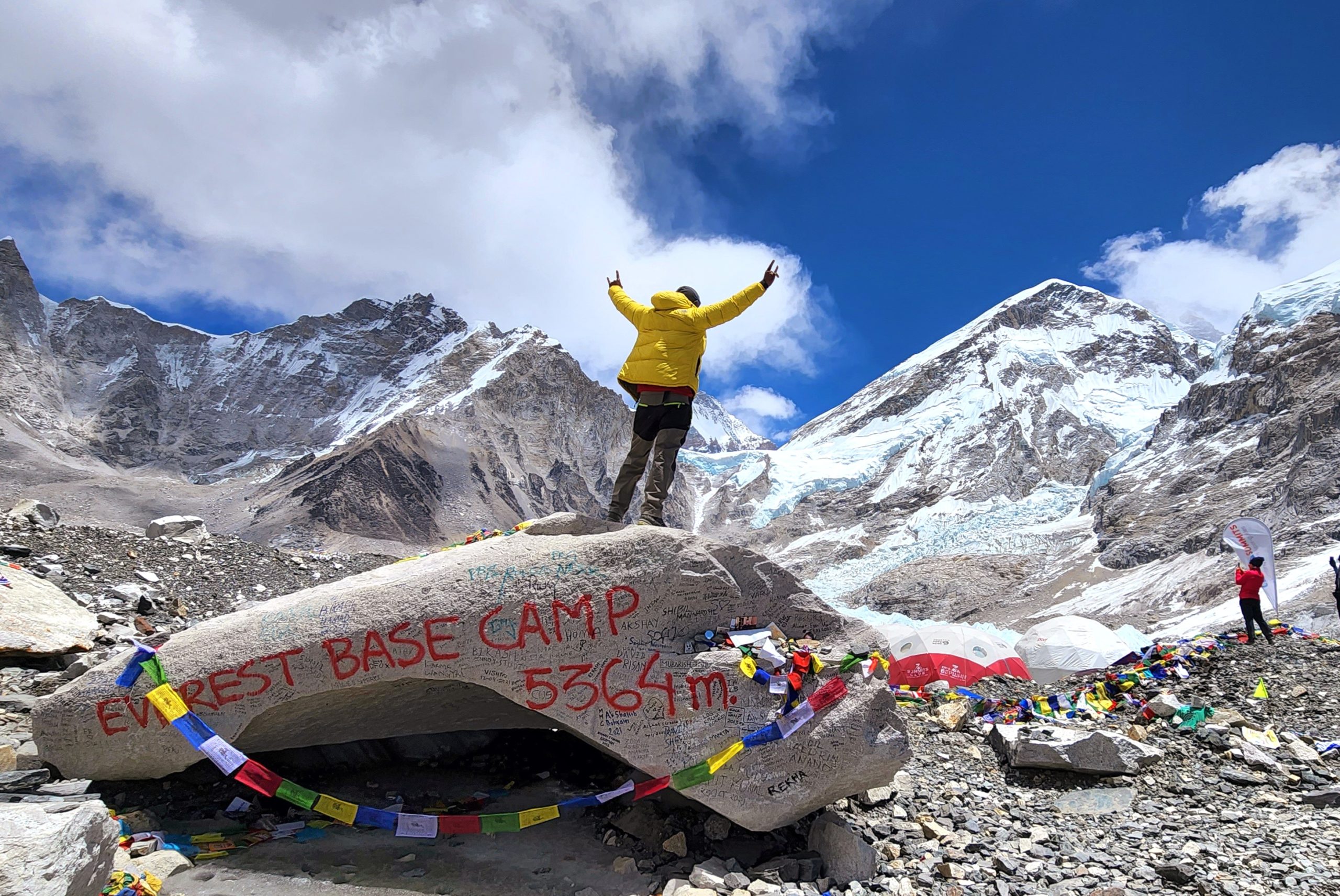
Conquer the Top 5 Challenges of the Everest Base Camp Trek with Confidence
January 21, 2025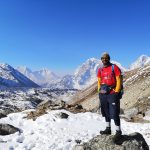
The Rising Cost of Conquering Everest
January 24, 2025
Conquer the Top 5 Challenges of the Everest Base Camp Trek with Confidence
January 21, 2025
The Rising Cost of Conquering Everest
January 24, 2025Introduction
When you think of trekking in Nepal, some of the first names that come to mind are Everest Base Camp, Annapurna Circuit, and Langtang Valley. These trails attract thousands of trekkers each year due to their accessibility and iconic status. But hidden in the shadows of these well-known routes lies one of Nepal’s greatest trekking treasures: the Manaslu Circuit Trek.
Situated in the northern region of Nepal, the Manaslu Circuit offers an experience that combines untouched natural beauty, rich cultural heritage, and challenging terrain—all wrapped into one epic journey. Unlike its more famous counterparts, The Manaslu Trek sees fewer trekkers, making it the perfect option for immersing themselves in Nepal’s raw beauty without the large crowds.
In this comprehensive guide to Manaslu Trekking, we’ll dive into every aspect of the trek, from preparation and permits to day-by-day itineraries, the challenges you may face, and why this trek should be on your bucket list.
Why Choose the Manaslu Trek?
If you’re still contemplating whether Manaslu should be your next adventure, here are several reasons why this trek is a hidden gem in the Himalayan trekking circuit:
1. Untouched Wilderness
Manaslu, the world’s eighth-highest mountain (8,163 meters), stands tall as the centerpiece of this trek. While trekking routes like the Annapurna Circuit or Everest Base Camp have become more accessible and crowded in recent years, Manaslu still retains much of its raw, unspoiled beauty. The lush valleys, high-altitude meadows, glaciers, and pristine rivers offer an immersive wilderness experience far from the noise and commercialized tourism of other trekking areas in Nepal.
2. Cultural Diversity and Tibetan Influence
One of the most unique aspects of the Manaslu Trek is its rich cultural diversity. The trek takes you through traditional Tibetan Buddhist villages where local customs, architecture, and spiritual practices remain largely untouched. The people of the Manaslu region belong to a mix of ethnic groups, including Tamang, Gurung, and Tibetan, and these communities maintain their traditional ways of life, including their strong connection to Tibetan Buddhism.
You will have the opportunity to visit monasteries, gompas, and chortens (stupas), and interact with locals who are welcoming and eager to share their culture and way of life. Whether it's experiencing a prayer ceremony in a monastery or sharing a simple meal in a local home, the trek offers a rare chance to experience Nepal's indigenous culture in its purest form.
3. Breathtaking Mountain Views
Throughout the trek, you will be treated to unrivaled views of some of the most beautiful peaks in the Himalayas, including Mount Manaslu, Himalchuli (7,893 meters), Ngadi Chuli, and Ganesh Himal. The views become more dramatic the higher you ascend, with the towering mountains constantly visible as your backdrop. The crowning moment of the trek is when you reach the Larkya La Pass (5,160 meters), a dramatic high-altitude pass with panoramic views of the surrounding snow-capped peaks.
4. The Larkya La Pass Challenge
For many trekkers, crossing Larkya La Pass is one of the most exhilarating experiences of the entire trek. At 5,160 meters, this pass presents a formidable challenge, requiring physical stamina and mental determination. However, the reward is worth every step: from the summit, you can see expansive views of Manaslu, Himalchuli, and Ngadi Chuli, as well as countless other peaks. The descent after crossing the pass is equally thrilling, as you descend into the lush, green valleys of the Annapurna region.
5. Fewer Crowds, Greater Solitude
Unlike other popular trekking routes in Nepal, such as Everest and Annapurna, the Manaslu Trek sees far fewer trekkers. This makes it an ideal choice for those seeking a more tranquil, off-the-beaten-path adventure. You’ll have the opportunity to hike in peace, without the large crowds or noisy groups typically found on other trails. The sense of solitude and connection with nature is one of the most appealing features of this trek.
Preparing for the Manaslu Trek: What You Need to Know
Before you set off on your Manaslu adventure, there are several crucial preparation steps you should take to ensure your trek is successful, safe, and enjoyable. Manaslu is a physically demanding trek that involves high-altitude trekking, challenging terrain, and long days on the trail, so preparation is key.
1. Physical Fitness and Training
The Manaslu Circuit Trek is not for beginners—it’s a strenuous, high-altitude trek that requires a good level of fitness. In order to make the most of your adventure, you should prepare both physically and mentally.
- Cardiovascular Training: To improve your endurance and stamina, engage in activities such as running, cycling, or hiking in the months leading up to your trek. Aim for at least 30-45 minutes of cardio exercise, 4-5 times per week.
- Strength Training: Strengthening your legs, core, and upper body is crucial for trekking, as you will be carrying a daypack for long hours and navigating steep, uneven trails. Focus on exercises like lunges, squats, step-ups, and planks.
- Acclimatization: Altitude sickness is a real concern on treks that go above 4,000 meters, and the Manaslu Circuit does just that. While some level of acclimatization is built into the trek, it’s wise to do some altitude training before you arrive. If possible, hike or stay at higher elevations in your home country or region to prepare your body for the low oxygen levels at high altitudes.
- Mental Resilience: The trek to Manaslu is not just a physical challenge; it can also be mentally demanding. There will be days of intense exertion, long hours on the trail, and high-altitude fatigue. Training your mind to stay positive and focused will help you overcome these challenges.
2. Packing List: Essential Gear
When trekking in the Himalayas, your gear can make all the difference between a comfortable journey and a grueling one. Here’s a comprehensive packing list for the Manaslu Circuit Trek:
Clothing:
- Base layers (merino wool or synthetic material)
- Insulating layers (fleece or down jacket)
- Waterproof and windproof jacket
- Warm hat and gloves (temperatures can dip below freezing, especially at night)
- Trekking pants (quick-dry and breathable)
- Trekking boots (sturdy and waterproof for rough trails)
- Gaiters (to protect your shoes and legs from snow or rain)
Sleeping Gear:
- A high-altitude sleeping bag (rated to -10°C or lower)
- A sleeping pad for comfort and insulation from the cold ground
Accessories:
- Trekking poles (to help with balance, especially on steep or rocky trails)
- Headlamp with extra batteries (for early morning or late evening treks)
- Water bottles or hydration system (aim to drink at least 3-4 liters of water per day)
Health and Safety:
- First aid kit (including bandages, painkillers, antiseptic, and altitude sickness medication)
- Sunscreen and lip balm (UV protection is crucial at high altitudes)
- Insect repellent (for lower elevations)
Electronics:
- Camera with spare batteries and memory cards
- Power bank (there are limited charging facilities in remote areas)
Documents:
- Passport
- Trekking permits (Manaslu Restricted Area Permit, MCAP, ACAP)
3. Permits and Regulations
Since the Manaslu Circuit Trek takes place in a restricted area, you must obtain specific permits to enter the region. These permits can only be acquired through a licensed trekking agency, and you cannot trek in the region independently. The key permits are:
- Manaslu Restricted Area Permit (RAP): This permit is essential for all trekkers, and it’s only available through registered trekking agencies. It’s required to enter the restricted areas around Manaslu.
- Manaslu Conservation Area Permit (MCAP): This permit is necessary to trek within the Manaslu Conservation Area, which is home to rich wildlife and unique ecosystems.
- Annapurna Conservation Area Permit (ACAP): If you are trekking from the Annapurna region, this permit is required for entry into the Annapurna Conservation Area.
A licensed guide is required to accompany you for the entire duration of the trek, and this helps support the local economy while ensuring your safety in a remote area.
The Manaslu Trek: Day-by-Day Itinerary
The trek typically takes 14-16 days, depending on your pace, rest days, and acclimatization. Here's a brief Description of the day-by-day itinerary:
Day 1: Arrival in Kathmandu (1,300 meters)
Your adventure begins in Kathmandu, the vibrant capital of Nepal. You’ll meet your guide and trekking group and prepare for the trek ahead. Take the day to explore some of Kathmandu’s UNESCO World Heritage Sites, including Swayambhunath Stupa (Monkey Temple) and Pashupatinath Temple. You’ll also have time to buy any last-minute trekking gear or supplies.
Day 2: Kathmandu to Soti Khola (700 meters)
After a scenic 8–9hour drive, you’ll arrive in the small village of Soti Khola, which marks the start of your trek. As you make your way through winding roads, passing rivers, and small villages, the anticipation builds for the adventure ahead. Soti Khola is a quiet village, perfect for a restful night.
Day 3: Soti Khola to Machha Khola (900 meters)
The trek begins with gentle ascents and descents, passing through lush forests, terraced fields, and small settlements. The trail crosses several suspension bridges, and after 5-6 hours of trekking, you’ll reach Machha Khola, a riverside village known for its tranquil atmosphere.
Day 4: Machha Khola to Jagat (1,340 meters)
This day brings the trek into a more remote area. The path meanders through dense forests, steep climbs, and crossing rivers until you reach Jagat, a charming village with Tibetan influences. You’ll spend the night here and get ready for more elevation gain in the coming days.
Day 5: Jagat to Deng (1,860 meters)
The trek continues through forests and small villages like Sirdibas. Along the way, you’ll pass numerous mani walls and chortens, which are a sign of the region’s strong Buddhist influence. After a 6-7 hour trek, you’ll reach the village of Deng.
Day 6: Deng to Namrung (2,660 meters)
The landscape begins to change as you ascend through alpine forests and rugged terrain. You’ll pass through villages where the Tibetan influence is increasingly evident in the architecture and culture. The trek offers breathtaking views of Manaslu as you arrive in Namrung—a quiet village with a magnificent backdrop of towering peaks.
Day 7: Namrung to Samagaon (3,530 meters)
As you approach Samagaon, the trek becomes progressively more challenging. The trail ascends steadily, and you’ll pass by Tibetan Buddhist shrines and prayer flags that add to the spiritual atmosphere of the region. Samagaon is a beautiful village nestled beneath the great Manaslu Mountain. It’s also the perfect place for acclimatization.
Day 8: Rest Day at Samagaon
To help acclimatize to the higher altitude, you’ll take a rest day at Samagaon. This is the perfect opportunity to explore the surroundings or take a short hike to Pungyen Gompa, a monastery located above the village, offering stunning views of the mountains and glaciers.
Day 9: Samagaon to Samdo (3,860 meters)
Today, the trek continues towards Samdo, a small village near the Tibetan border. The higher you climb, the more dramatic the views become, with Manaslu looming over the valley. Samdo is a peaceful, remote village that offers a serene atmosphere to reflect on your journey so far.
Day 10: Samdo to Dharamsala (4,460 meters)
Dharamsala is the final stop before the Larkya La Pass. The trek today takes you higher into the mountains, and you’ll be able to see glaciers and stunning peaks surrounding you. At Dharamsala, you’ll have the chance to prepare for the most difficult day of the trek ahead.
Day 11: Dharamsala to Larkya La Pass (5,160 meters) and Bhimtang (3,720 meters)
This is the highlight of the trek. The Larkya La Pass presents both a challenge and an incredible reward. After ascending through rocky, snowy terrain, you’ll reach the top of the pass, where you’ll be treated to jaw-dropping views of Manaslu, Himalchuli, Ngadi Chuli, and many other towering peaks. The descent is equally challenging but offers spectacular views as you head down towards Bhimtang.
Day 12: Bhimtang to Tilije (2,300 meters)
The descent continues today, and you’ll begin to notice a transition from the rugged high-altitude landscape to more subtropical climates. You’ll trek through dense forests, and after 5-6 hours, you’ll arrive at Tilije, a traditional village in the lower Himalayas.
Day 13: Tilije to Tal (1,700 meters)
Continuing your descent, you’ll reach Tal, a village nestled along the river, with stunning views of Mount Annapurna. The lush landscapes and serene surroundings make Tal a perfect place to relax after the challenging high-altitude days.
Day 14: Tal to Besi Sahar (760 meters)
The last day of your trek brings you down to Besi Sahar, a small town in the Annapurna region. From here, you’ll drive back to Kathmandu, reflecting on your journey through the heart of the Himalayas.
Day 15: Return to Kathmandu
You’ll arrive back in Kathmandu, where you can unwind and celebrate your remarkable journey to the Manaslu Circuit.
Challenges You May Face During the Manaslu Trek
While the Manaslu Circuit offers stunning beauty and immense rewards, it also presents challenges that trekkers should be aware of:
1. High Altitudes and Acclimatization
Altitude sickness is a concern as you’ll be trekking above 5,000 meters, so acclimatization is essential. Take it slow, drink plenty of water, and listen to your body. If you experience symptoms like headaches, nausea, or dizziness, let your guide know and rest until you feel better.
2. Rough Terrain
The trail to Manaslu is rugged and challenging, with steep ascents, rocky paths, and sometimes slippery conditions. Be prepared to walk for several hours each day, often in tricky conditions. Trekking poles will help provide stability and reduce stress on your joints.
3. Limited Infrastructure
The further you go into the Manaslu region, the more basic the accommodations and amenities become. There are no luxury hotels here—most accommodation is in tea houses that provide simple rooms with communal toilets. The facilities are functional but expect basic comfort.
Conclusion
Without a doubt, Manaslu Trekking is one of Nepal’s most rewarding and immersive treks. While it may not have the global recognition of Everest Base Camp or Annapurna, it stands as one of the most authentic and challenging trekking experiences Nepal has to offer. From the serene and untouched landscapes to the chance to witness Tibetan culture up close, the Manaslu Circuit is a true adventure.
For those seeking a trek that combines natural beauty, cultural exploration, and challenging terrain, the Manaslu Circuit Trek should be at the top of your list. Whether you’re a seasoned trekker or someone looking to push your limits, this journey will stay with you long after you’ve completed it.
So, pack your bags, lace up your boots, and get ready to experience one of the most spectacular and rewarding treks in the world. The Manaslu Circuit is calling.
